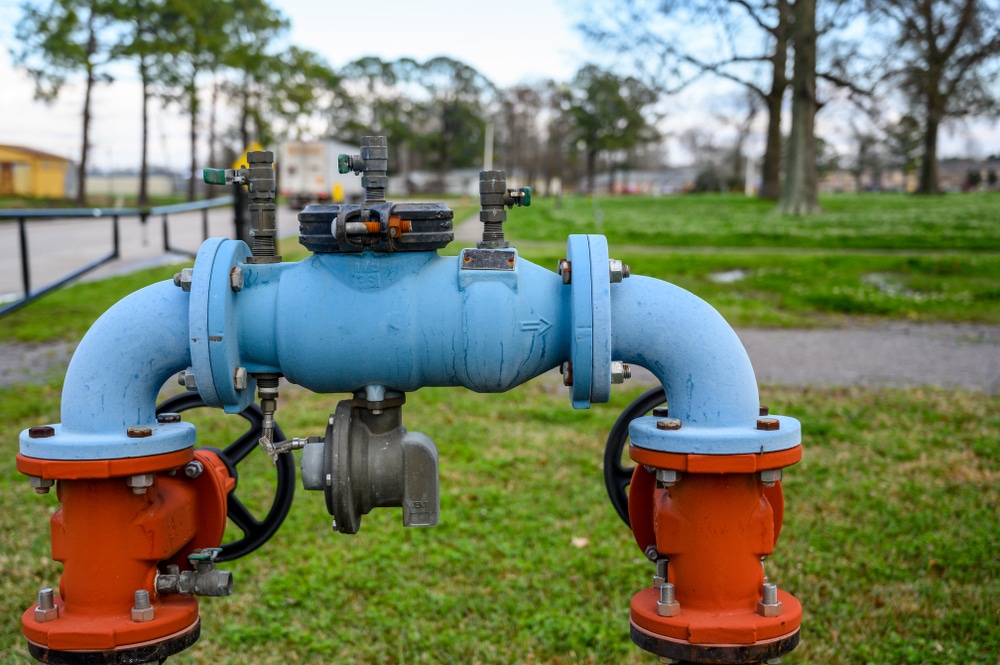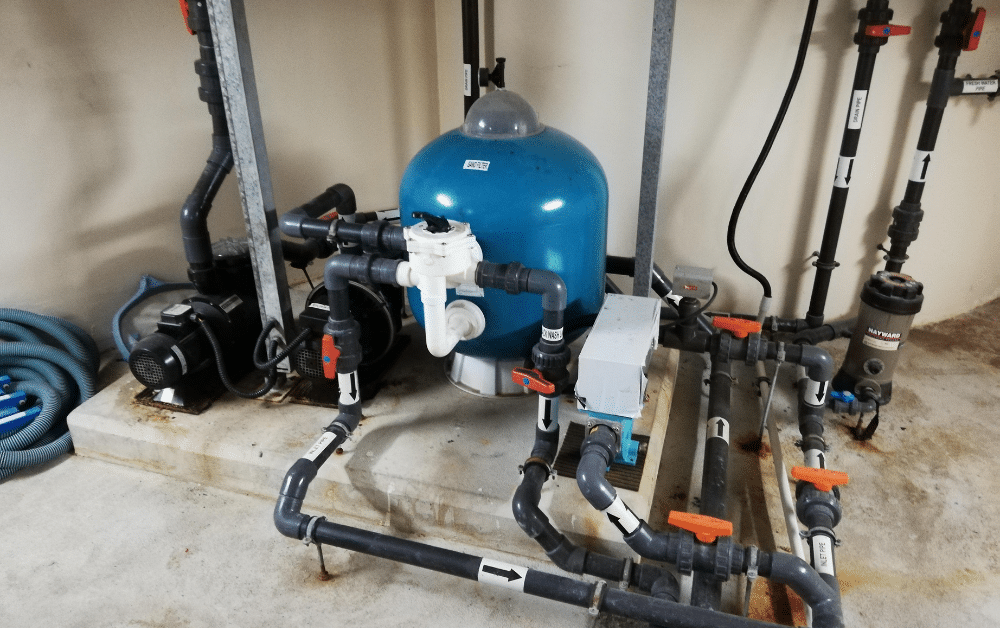Plumbing repairs are one of the most common household headaches. From small leaks to complete system breakdowns, problems can arise when you least expect them. Understanding the most frequent plumbing issues can help you act quickly and avoid costly damage. Whether you’re a first-time homeowner or a seasoned DIYer, knowing what to look for and when to call a pro makes all the difference. MoCo Plumbing is a trusted local expert you can count on when those unexpected issues arise. In this blog, we’ll explore five of the most common plumbing repairs and what you need to know about each one. Staying informed is your best defense against plumbing trouble.
Dripping Faucets
Dripping faucets might seem like a small issue, but they can be surprisingly costly plumbing repairs over time. You may only notice a few drops here and there, but those tiny drips add up quickly in terms of water waste and utility bills. This type of repair is very common and is usually the result of worn internal parts. Fortunately, it’s also one of the easiest problems to fix if you catch it early. Let’s take a closer look at what causes dripping faucets and how to deal with them.
Why It Happens
Dripping faucets are often caused by deteriorating washers, O-rings, or seals that are no longer able to fully shut off the flow of water. These parts wear down naturally over time, especially with frequent use. When they fail, a small gap allows water to seep through even when the faucet is turned off. The issue can occur in both bathroom and kitchen fixtures, and it’s usually isolated to a single faucet. Although it might not seem serious, untreated drips can indicate pressure problems or lead to bigger plumbing repairs.
The Impact on Your Home
Slow leaks may appear harmless but can waste large amounts of water each day, depending on the severity of the leak. That kind of waste not only increases your water bill but also impacts the environment over time. The constant moisture can also lead to staining on your sinks or countertops, especially if your water contains minerals. In some cases, it may also contribute to mold or mildew growth around the fixture. Addressing the issue promptly can prevent long-term damage and water loss.
How It’s Fixed
Fixing a dripping faucet usually involves replacing the worn parts inside the handle or spout. Most home improvement stores sell inexpensive repair kits tailored to specific faucet brands and models. If you’re comfortable with tools, this can be a quick DIY fix that takes less than an hour. However, if the fixture is outdated or the leak persists, it might be better to replace the entire faucet. In either case, prompt action will help reduce water waste and prevent further problems.
Clogged Drains
Clogged drains are one of the most common reasons people call a plumber. Blockages can happen in any part of your home, whether in the kitchen, bathroom, or laundry area. They’re inconvenient and messy and often happen when you’re least prepared. Many clogs start small but worsening plumbing repairs over time, eventually causing complete drainage failure. Understanding what causes clogs and how to address them early can keep your plumbing system in good shape.
What Causes Them
Different types of debris can lead to clogs depending on where the drain is located. Hair and soap residue are the main offenders in the bathroom. In the kitchen, grease, food particles, and oil buildup often cause slow or blocked drains. Over time, these substances stick to the inside of your pipes and reduce water flow. If ignored, the buildup can harden and become extremely difficult to remove without professional tools.
Symptoms to Watch For
You’ll usually notice a slow-draining sink or tub as the first sign of a clog. Gurgling sounds, foul odors, or standing water can also indicate a developing blockage. The problem may start intermittently but can become more frequent and severe if not addressed. In extreme cases, clogs can lead to backups that cause water damage or require full pipe replacement. Early intervention is key to avoiding these more expensive plumbing repairs.
Effective Solutions
For minor clogs, a plunger or over-the-counter drain cleaner may be enough to restore proper flow. However, these solutions don’t always remove the root cause of the issue, especially if the buildup has hardened. Recurring problems often indicate a deeper blockage that requires professional snaking or hydro-jetting. A licensed plumber can also perform a camera inspection to find the exact source of the clog. Routine maintenance and drain screens can help prevent future issues.
Running Toilets
A running toilet can be easy to overlook,can result in significant water loss in just a few days. The sound of constant water refilling isn’t just annoying—it’s also a sign of a malfunction that needs attention. This is a very common plumbing repair and often an easy one to fix. Still, if left unresolved, it can result in water damage or higher utility bills. Let’s look at what causes running toilets and how to stop them.
What’s Going Wrong
Running toilets are usually caused by problems within the tank, such as a faulty flapper valve, worn float, or misaligned fill valve. These components regulate how water flows into and out of the tank after a flush. When one of them fails, the toilet can continuously fill without ever shutting off completely. That wasted water goes straight into your sewer system, unnoticed until you get your bill. It’s a classic example of a small problem with a big impact.
Why It’s a Problem
Without timely repair, a single running toilet can waste hundreds of gallons of water down the drain daily. Beyond the environmental impact, this can result in significant increases to your monthly water bill. In homes with multiple toilets, the cost can multiply quickly. There’s also the risk of water spilling over if the tank or bowl becomes too full. Catching and fixing the issue early can save both money and resources.
How to Address It
Most of the time, you can resolve a running toilet by replacing the flapper or adjusting the float level. Repair kits are inexpensive and come with everything you need to swap out damaged components. If you’re unsure of the source of the problem or the tank is corroded, a professional plumber can diagnose and fix it quickly. In some cases, it may make more sense to replace an older toilet entirely. The good news is that most running toilet repairs are fast and low-cost.
Leaky Pipes
Leaky pipes are one of the most potentially damaging plumbing issues you can face. Water leaking inside your walls, floors, or ceilings can quickly cause costly structural damage. These types of repairs often require immediate attention to avoid mold, mildew, and wood rot. Even small leaks can lead to big problems if ignored for too long. Knowing the warning signs and causes of leaky pipes can help you act before it’s too late.
Common Causes
Leaks can arise in your piping system for multiple reasons, including long-term corrosion, shifting foundations, or faulty joints. High water pressure can also weaken connections over time, eventually leading to leaks. Cold weather is another major contributor, as freezing temperatures can cause pipes to burst. Older homes are particularly vulnerable due to outdated plumbing materials.
Risks and Consequences
The biggest risk with leaky pipes is hidden damage. Water that seeps into drywall or subflooring can create ideal conditions for mold growth. In addition to health concerns, this kind of damage is prone to expensive repairs and might not be covered by insurance if it’s a result of neglect. Leaks can also reduce water pressure and increase your utility bill. Acting quickly when you notice signs like water stains or damp odors can minimize the fallout.
Repair Options
Small leaks might be temporarily patched with epoxy or pipe tape, but permanent fixes usually require replacing the affected section. Tightening joints or resealing connections can resolve some issues if caught early. For major leaks or inaccessible pipes, a plumber may need to open up walls or flooring to reach the damaged area. In such cases, it’s important to work with a licensed professional to ensure repairs are done safely and up to code. Proactive maintenance is the best way to prevent future leaks.
Low Water Pressure
Low water pressure can turn simple daily tasks into frustrating chores. Whether you’re trying to take a shower or wash dishes, reduced flow can disrupt your entire routine. Many homeowners ignore this issue, assuming it’s normal or out of their control. However, low water pressure often points to a deeper problem in your plumbing system. Being aware of the causes and ways to resolve them can allow you to get things flowing again.
Why It Happens
There are several reasons for low water pressure, ranging from localized blockages to issues with the main supply line. Mineral buildup in faucets and showerheads is one of the most common causes, especially in areas with hard water. Leaks in hidden pipes can also reduce pressure, as can partially closed valves or pressure regulator malfunctions. In rare cases, city supply issues or construction nearby could be the cause. A thorough inspection is often needed to pinpoint the exact source.
How It Affects You
Living with low water pressure can be more than just inconvenient. It may take longer to complete tasks like laundry or showering, and appliances like dishwashers and washing machines may not function efficiently. If the problem is related to a leak, you’re also losing water and potentially risking hidden damage. Over time, low pressure can strain your fixtures and reduce the lifespan of your plumbing system. It’s worth investigating even if the problem seems minor at first.
Solutions to Try
Start by checking all accessible fixtures for sediment buildup and cleaning them as needed. If that doesn’t help, examine shut-off valves to ensure they are fully open. For persistent problems, a plumber can inspect the system using diagnostic tools to identify any underlying issues. Fixes may include replacing clogged pipes, repairing leaks, or adjusting the pressure regulator. Addressing low water pressure promptly helps preserve the efficiency and health of your plumbing system.
Conclusion
Plumbing issues may start small, but they rarely stay that way. From dripping faucets and clogged drains to leaky pipes and low water pressure, these common plumbing repairs can lead to bigger problems if ignored. Knowing what to look for and how to respond gives you a major advantage as a homeowner. Some fixes are simple enough to handle on your own, while others require the expertise of a licensed professional. Staying proactive about plumbing maintenance can help you avoid costly surprises in the future.
Need help with plumbing repairs? Contact MoCo Plumbing today to keep your home running smoothly and efficiently.



















